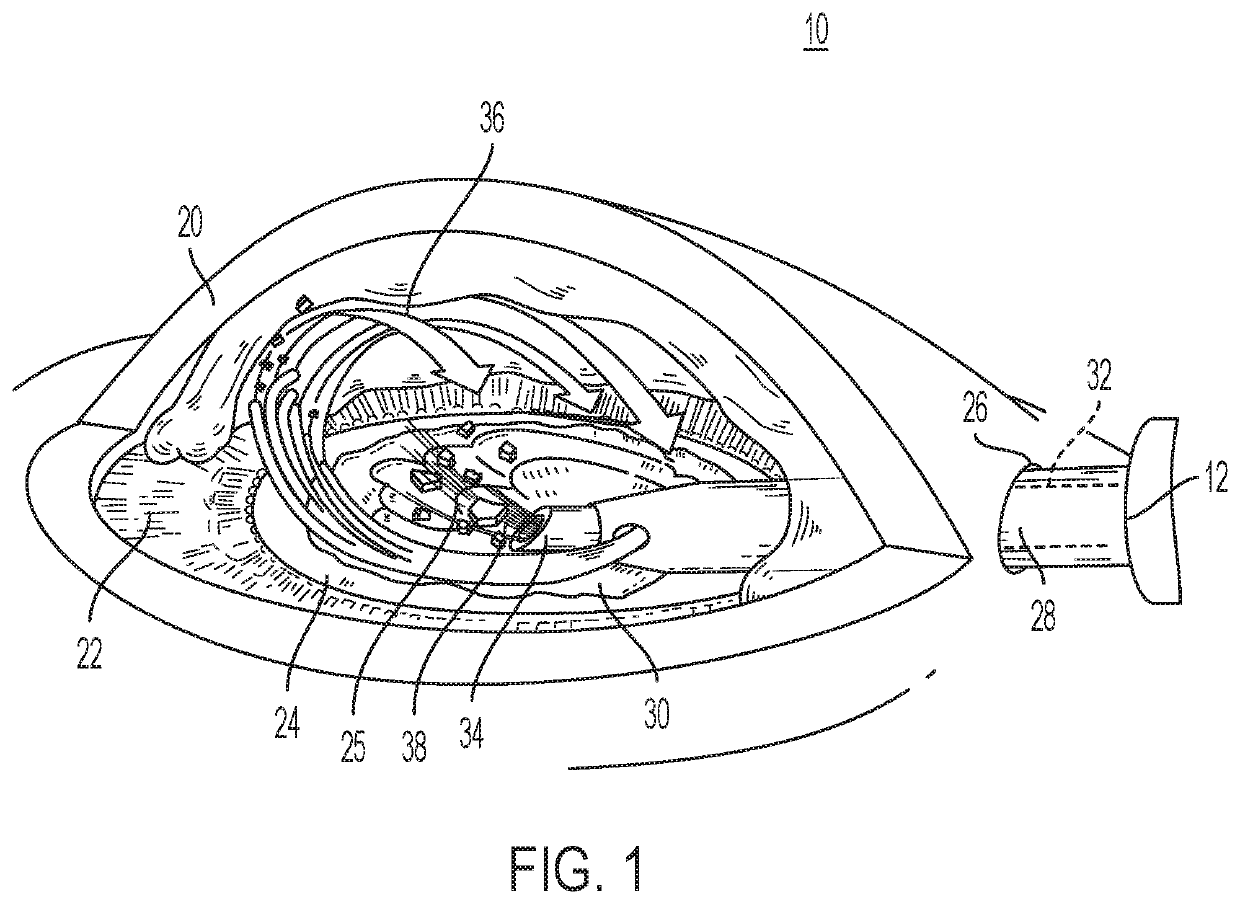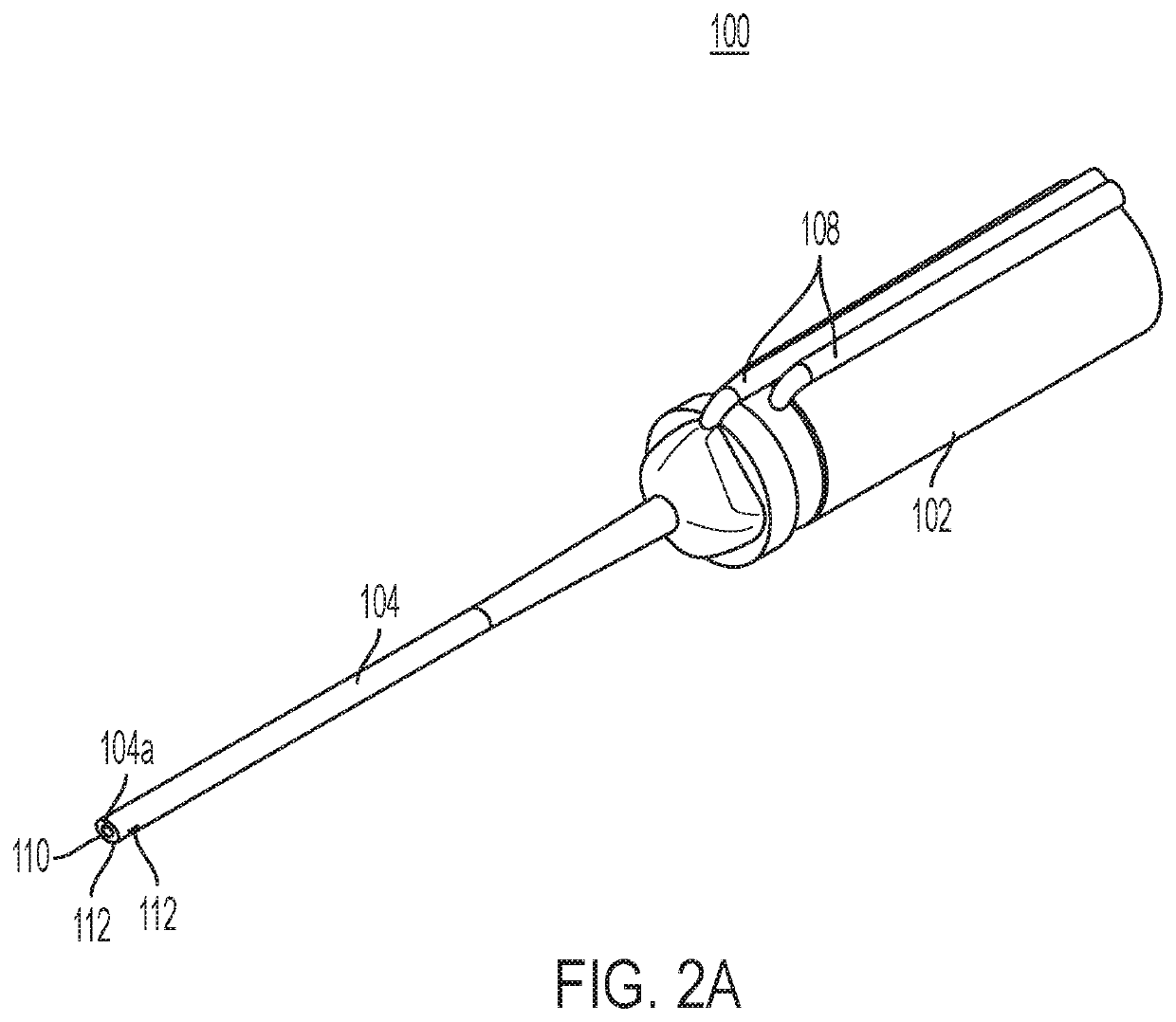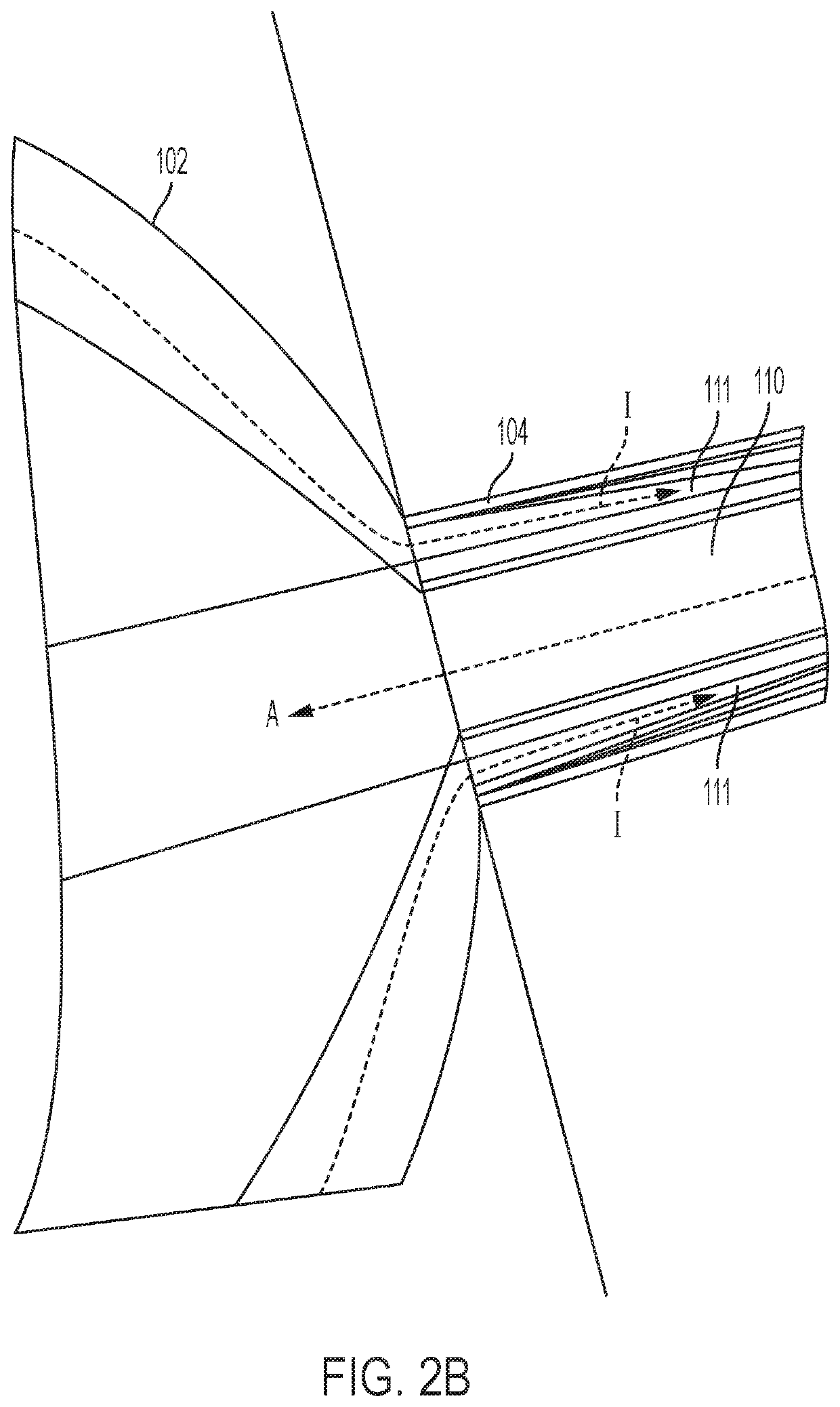Surgical instruments for ocular surgery
a surgical instrument and ocular surgery technology, applied in the field of medical instruments, can solve the problems of requiring significant expertise to operate safely, unstable incisions, and long recovery times, and achieve the effects of reducing the risk of aspiration blockage, and reducing the risk of ocular surgery
- Summary
- Abstract
- Description
- Claims
- Application Information
AI Technical Summary
Benefits of technology
Problems solved by technology
Method used
Image
Examples
Embodiment Construction
[0020]The figures and descriptions provided herein may be simplified to illustrate aspects of the described embodiments that are relevant for a clear understanding of the herein disclosed processes, machines, manufactures, and / or compositions of matter, while eliminating for the purpose of clarity other aspects that may be found in typical surgical, and particularly ophthalmic surgical, devices, systems, and methods. Those of ordinary skill may thus recognize that other elements and / or steps may be desirable or necessary to implement the devices, systems, and methods described herein. Because such elements and steps are well known in the art, and because they do not facilitate a better understanding of the disclosed embodiments, a discussion of such elements and steps may not be provided herein. However, the present disclosure is deemed to inherently include all such elements, variations, and modifications to the described aspects that would be known to those of ordinary skill in th...
PUM
 Login to View More
Login to View More Abstract
Description
Claims
Application Information
 Login to View More
Login to View More - R&D
- Intellectual Property
- Life Sciences
- Materials
- Tech Scout
- Unparalleled Data Quality
- Higher Quality Content
- 60% Fewer Hallucinations
Browse by: Latest US Patents, China's latest patents, Technical Efficacy Thesaurus, Application Domain, Technology Topic, Popular Technical Reports.
© 2025 PatSnap. All rights reserved.Legal|Privacy policy|Modern Slavery Act Transparency Statement|Sitemap|About US| Contact US: help@patsnap.com



